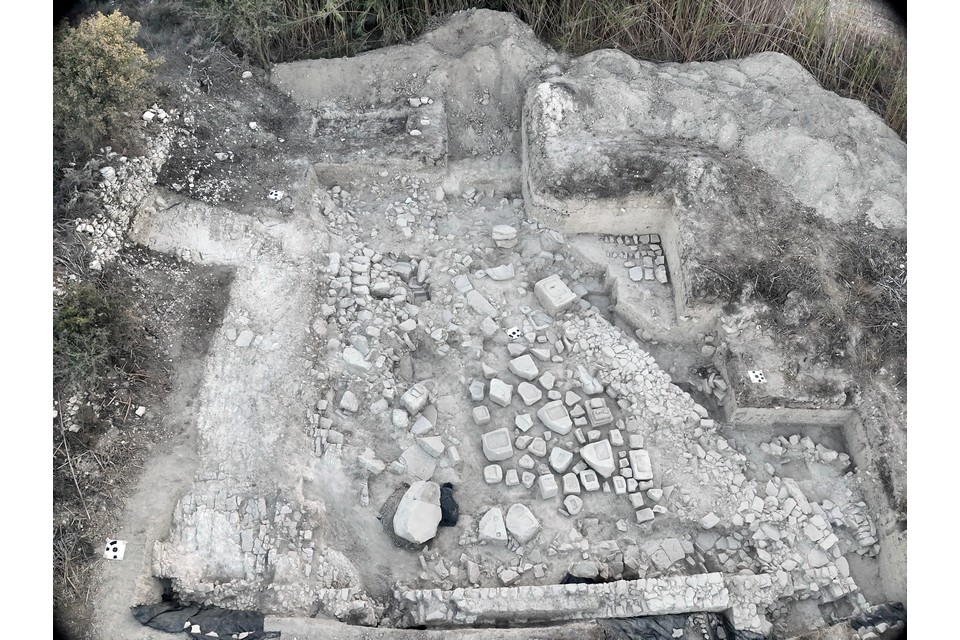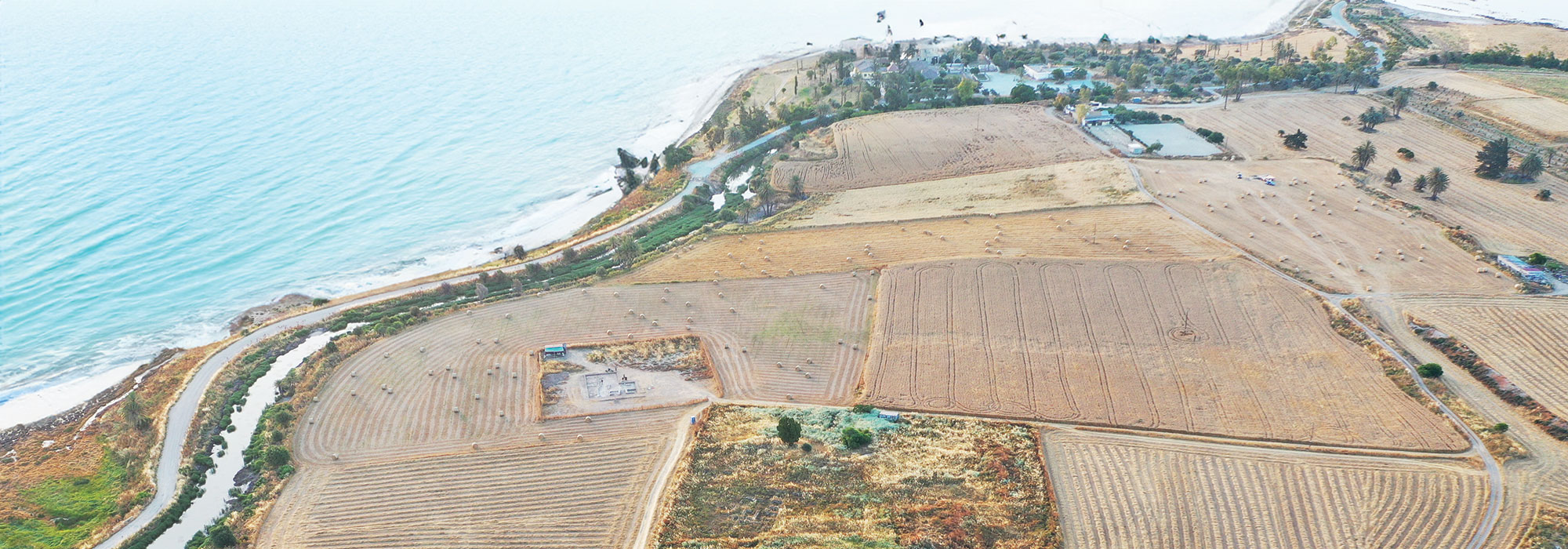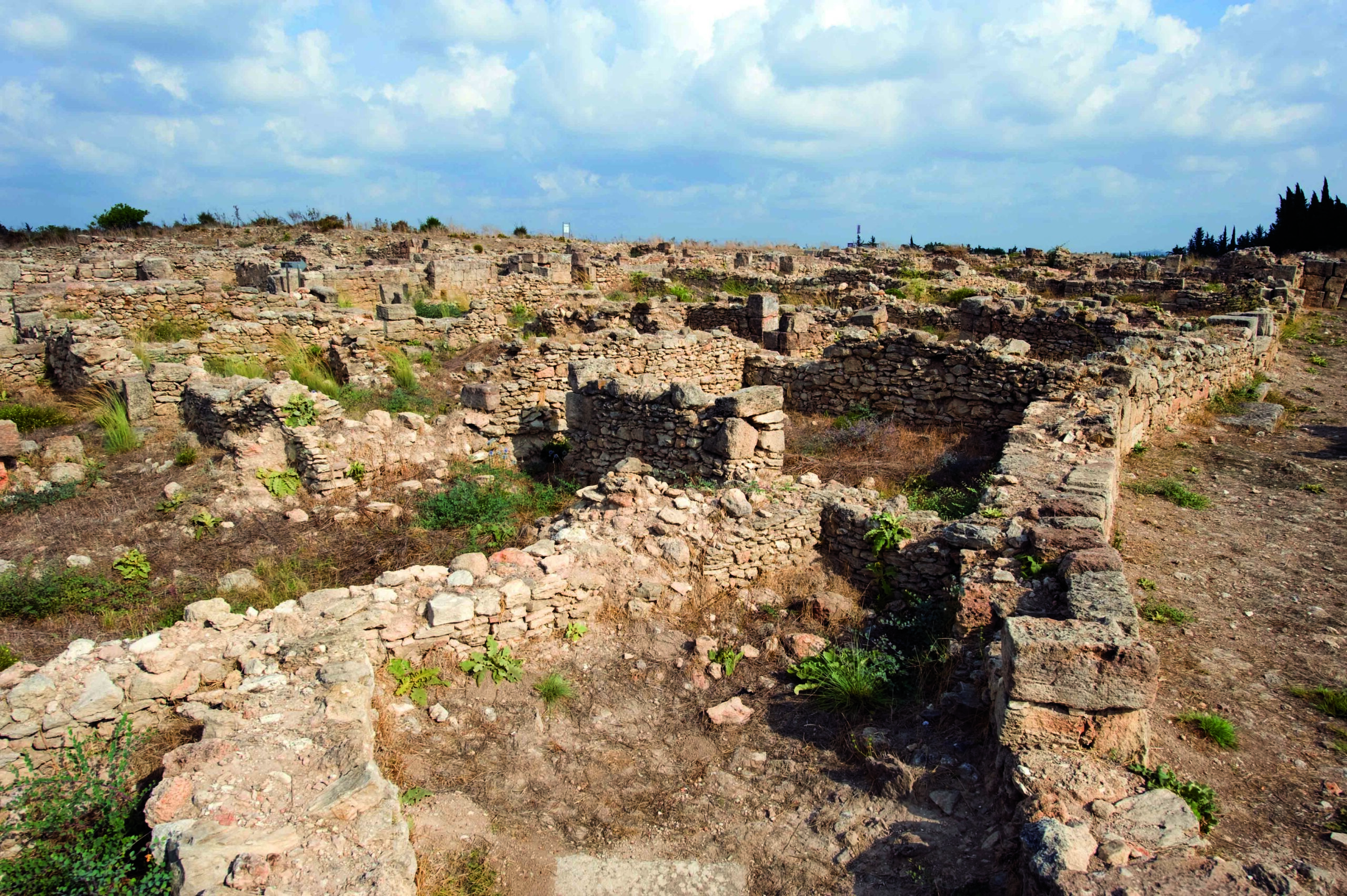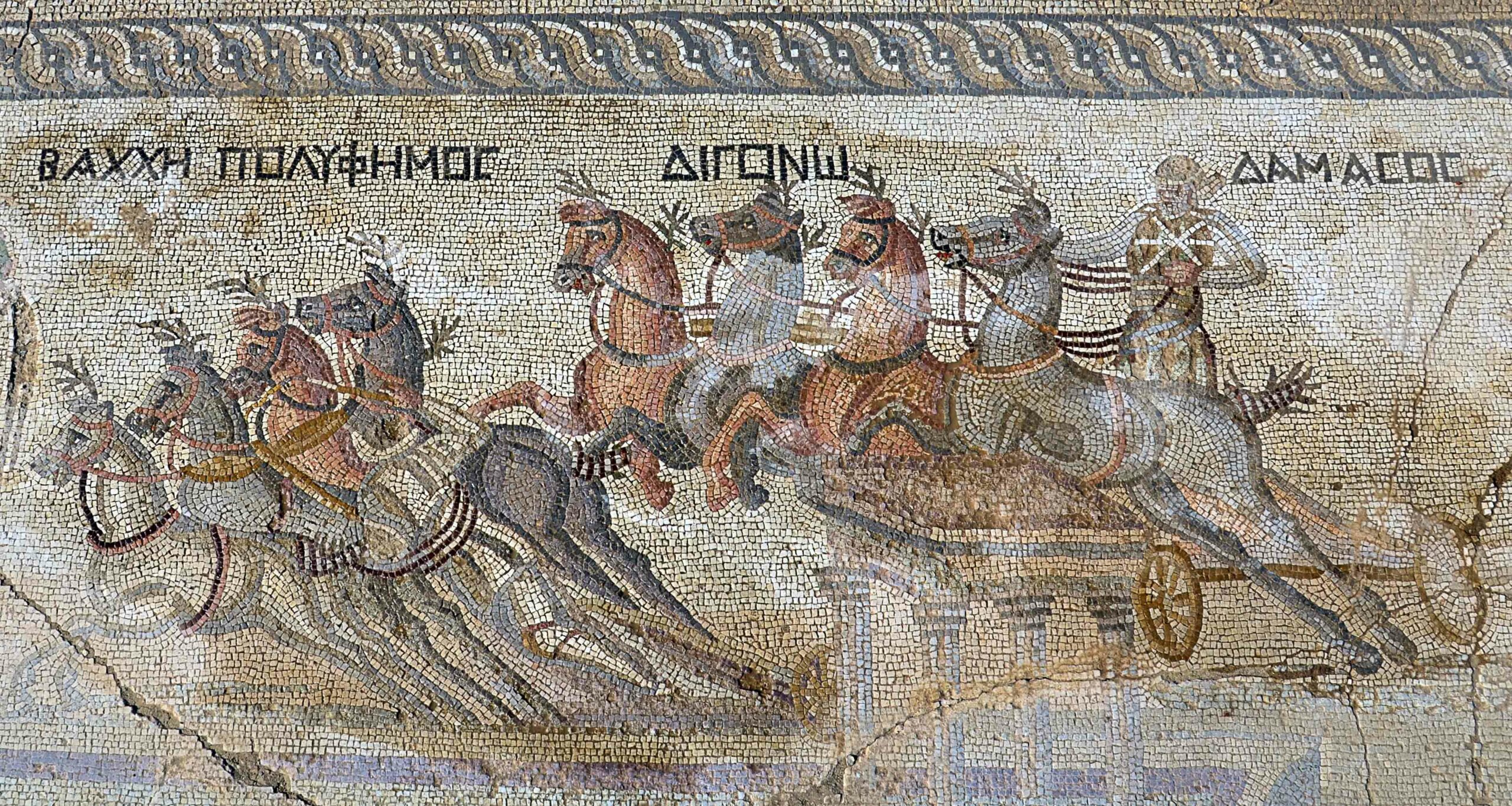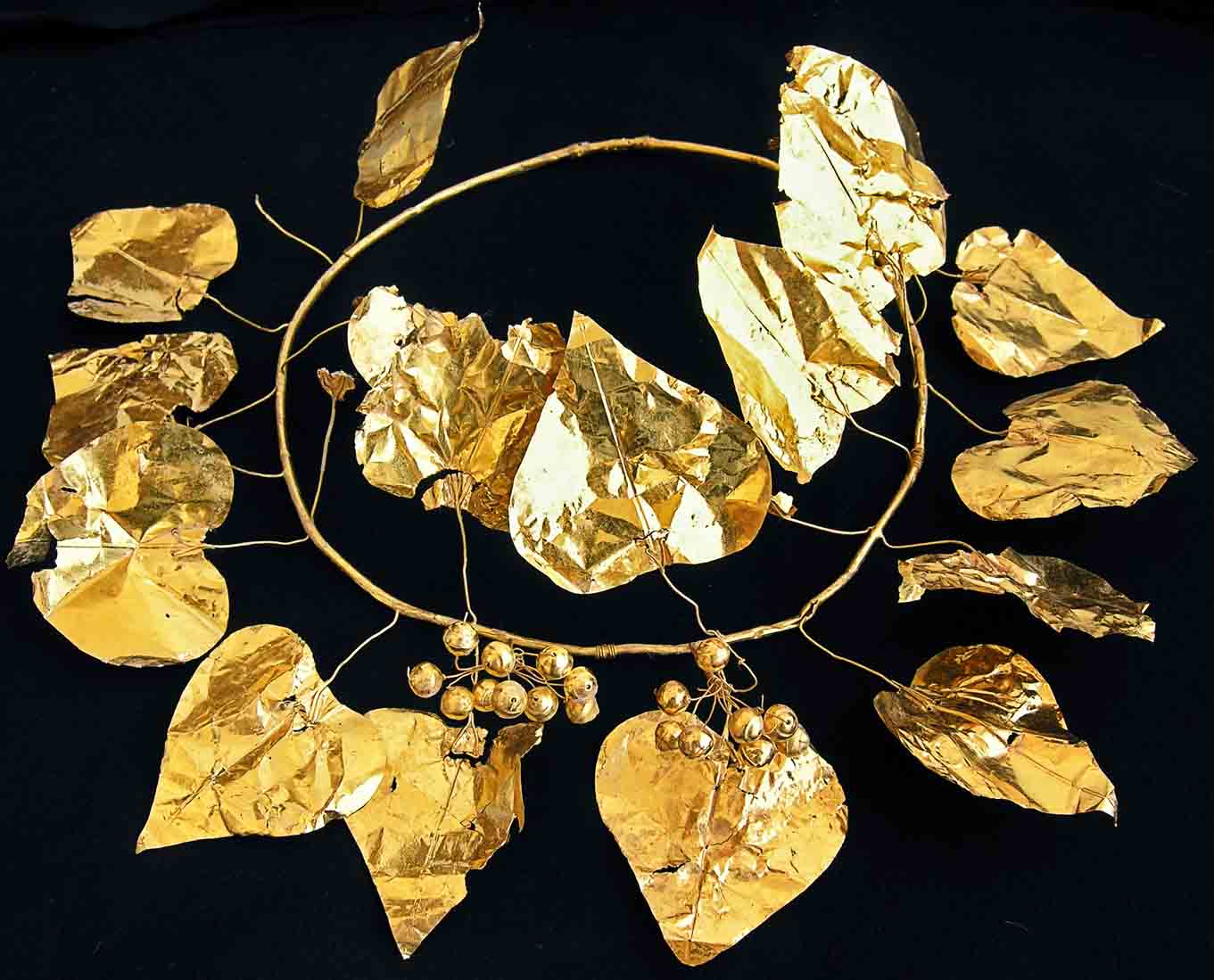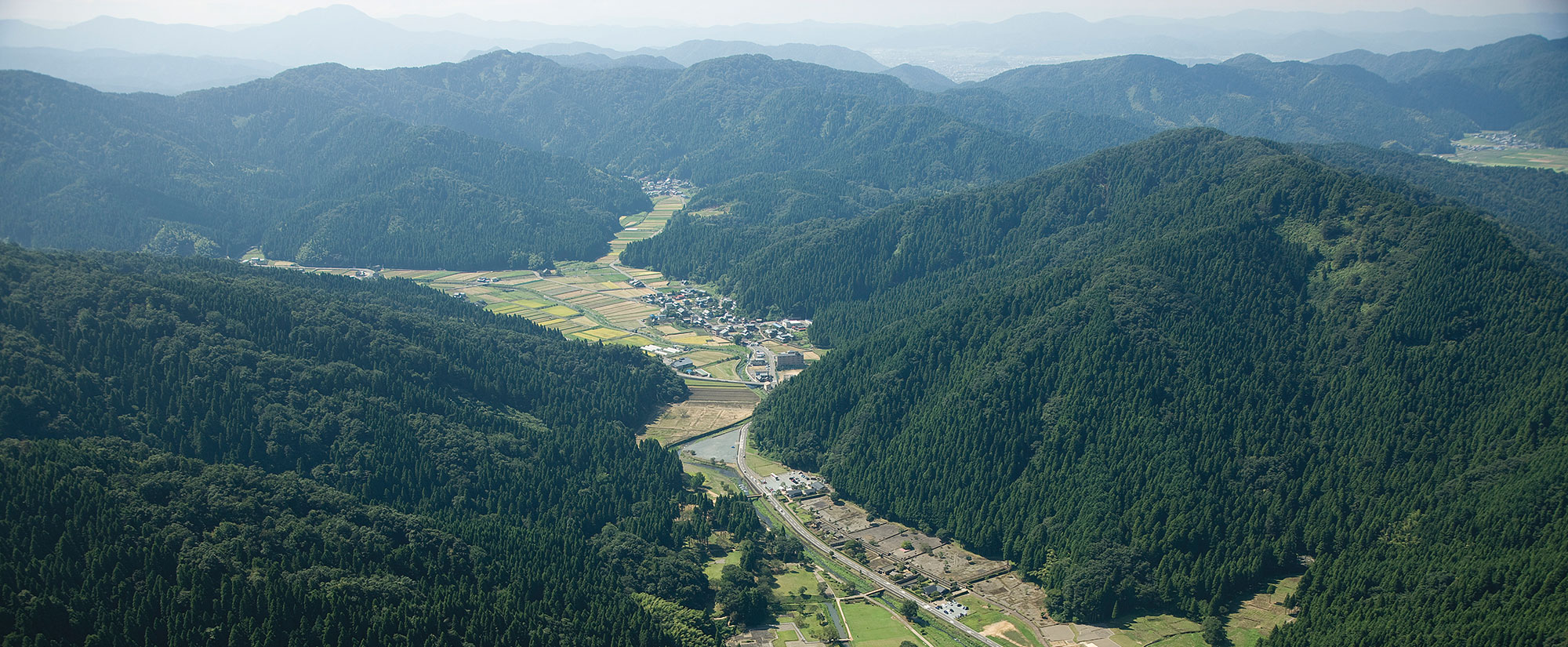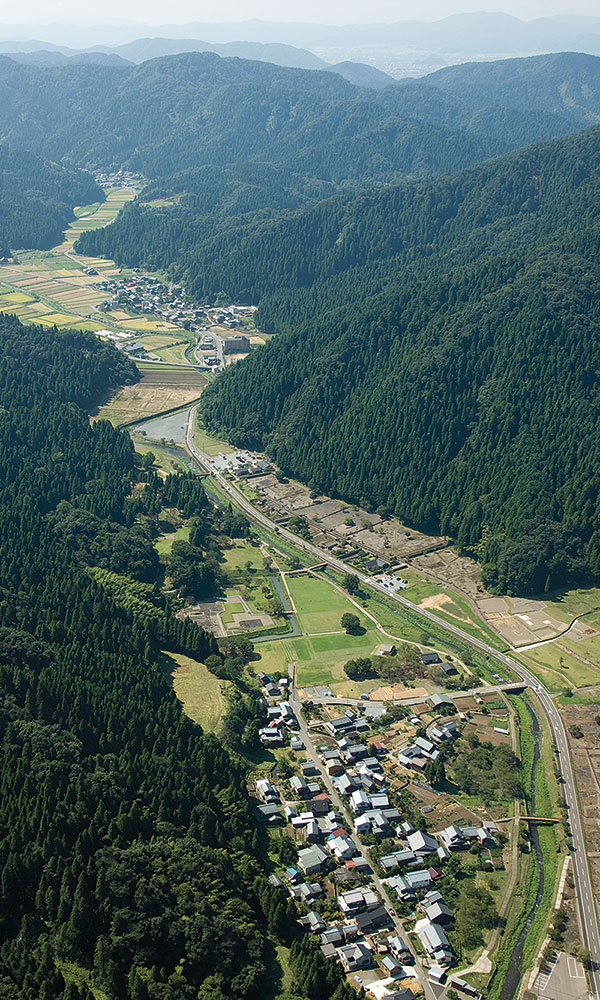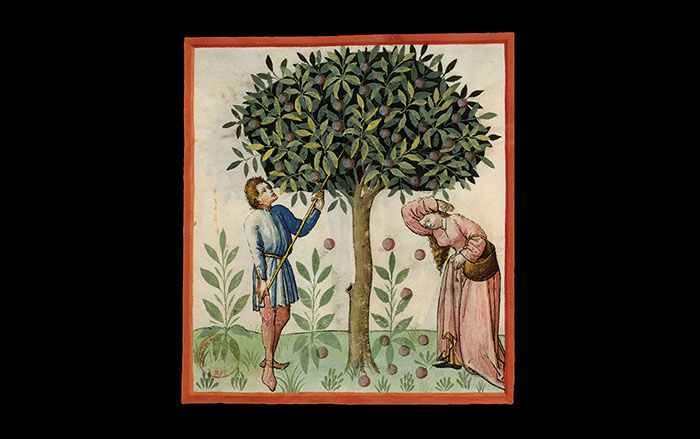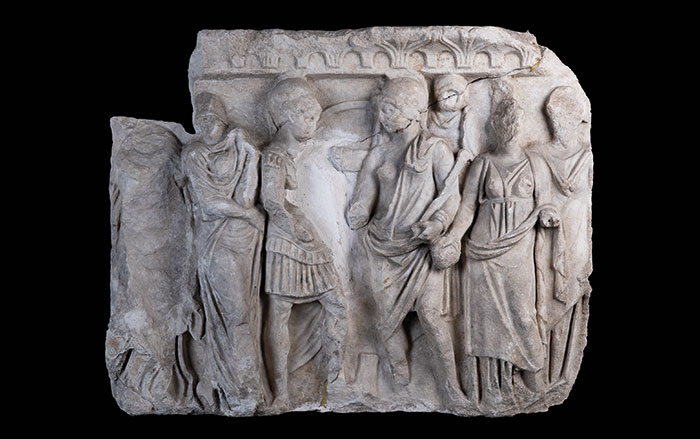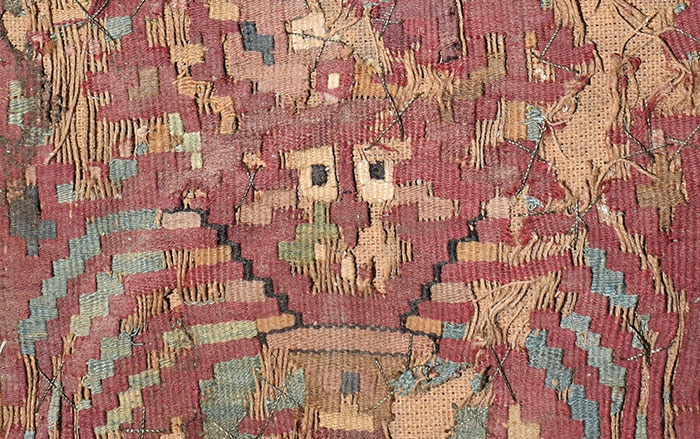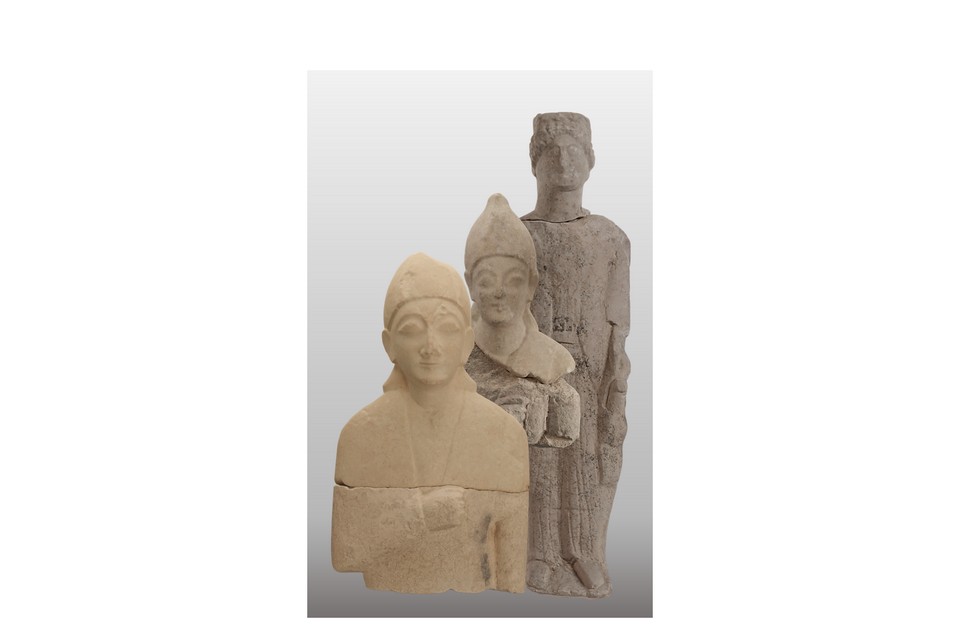
PERA ORINIS, CYPRUS—In 1885, German archaeologist Max Ohnefalsch-Richter located the Sanctuary of Apollo at Frangissa in a remote valley near the ancient site of Tamassos. The temple was filled with hundreds of votive statues, some of colossal size, and the discovery was considered one of the most spectacular finds of its time. After his excavations, however, Ohnefalsch-Richter completely reburied the site and eventually its precise whereabouts became lost. Cyprus Mail reports that a German team has relocated the site and renewed excavations for the first time in 140 years. The archaeologists found over 100 statue bases, fragments of broken sculpture, and previously unknown types of votive objects such as marbled glass beads and Egyptian faience amulets. They also documented completely new types of statues that were previously unknown at Frangissa. The discovery of clearly larger-than-life feet, for example, means that the existence of colossal limestone male figures from the Archaic period can now be proven. Such larger-than-life sculptures from Frangissa were previously only known to have been made of terracotta, including the famous ‘Colossus of Tamassos’ that currently resides in the Cyprus Museum. To read about merchants on Cyprus who controlled the trade in copper some 3,500 years ago, go to "In the Time of the Copper Kings."


